Quebec has a compelling charm in summer and autumn. The variety of experiences to be had in its different regions is incredible. There are many hidden treasures and brand-new activities to discover in beautiful Quebec! Here are some of our favorite adventures "off the beaten path."
Tranquility on L'Isle Verte (lower St. Lawrence region)



On the south shore of the St. Lawrence, the road follows the tidal flats that can be discovered at low tide. In the village of Isle-Verte, join the ferry dock leading to L'Isle Verte. The only island in the lower St. Lawrence that is inhabited year-round, it will delight lovers of the peaceful life and can be easily discovered on foot.
A tourist circuit allows you to visit its three main attractions. École Michaud houses a discovery center on island life. On the eastern tip, the dazzling Île Verte lighthouse is the oldest on the river! It overlooks the north coast of the island and can be seen from the top of the lighthouse at sunset. The old houses of the lighthouse keeper and his assistant are now an inn. Another unique attraction is the Skeleton Museum and its collection of more than 300 animal skeletons and skulls, many of which are marine mammals.
Bucolic Pontiac nature (Outaouais region)



Take the road from Ottawa, Canada's capital, and Gatineau (its Quebec sister city), then head west along the Ottawa River, a historic waterway of the lumber trade and fur trade. The Pontiac region is a preserved natural environment, with forests planted on the Canadian Shield and majestic waterways. Near Bryson, see the Ottawa River up close— by rafting! The river's flagship activity will appeal to thrill-seekers.
In the Fort-Coulonge area, the road leads to the Chutes-Coulonge, which is sure to impress you! The canyon of more than one kilometer is surmounted by three 48-metre falls. Learn more about the history of the log drive at the reception chalet, take a tour on the trails or on the ferrata over the tumultuous waters.
Saint-Ours\Sorel-Tracy, on the Chemin des Patriotes (Montérégie region)



The Richelieu Valley, east of Montreal, was the second largest settlement centre in New France, after the St. Lawrence River, and the main focus of insurrection by the "Patriotes" against London's colonial policies in 1837-1838. The northern part of the valley lends itself well to a stroll along the waterfront. Start in Saint-Denis-sur-Richelieu with a visit to the Maison nationale des patriotes. Continue on to the Saint-Ours Canal National Historic Site. Boaters use this canal with locks to go from the St. Lawrence to the Richelieu River or vice versa. The pretty little park on Darvard Island, between the river and the canal, is perfect for a walk, a picnic or a night of ready-to-camp. Its other attraction is the Vianney-Legendre fishway that allows fish to transit from the Richelieu River to the river. On a guided tour, you will cross the dam and watch the fish pass through a glass "observation window".
Then go to the entrance of Sorel-Tracy. The Parc régional des Grèves is a true oasis of greenery, with a magnificent forest of mature trees. At the end of the park, you can join a "river walk" that stretches for 300 metres.
Nature parks: to see the island of Montreal from another angle



The Quebec metropolis has an incredible green belt, protected by eight "nature parks" open to the public. Havens of peace, refuges for wild animals (including beavers, white-tailed deer and coyotes), they are great for walking, cycling, bird watching, picnics and sometimes swimming. Many educational activities are organized with naturalists.
These parks have different ecosystems. Pointe-aux-Prairies, to the north, is covered with wet meadows, while Île de la Visitation, to the northwest, is all fields, bordered by the river. Cap-Saint-Jacques Nature Park, to the southwest, is located at the junction of Lac des Deux montagnes and Rivière des prairies, with numerous turtles, an ecological farm and a beach.
To the west, you can stroll through a forest of century-old maple trees at Bois-de-Liesse, while the Bois-de-l'île-Bizard, surrounded by water, offers a mosaic of habitats, including a beech maple grove where birds of prey nest and a large wetland where beavers have a field day.
In the footsteps of Henri Menier in Anticosti (North Shore region)

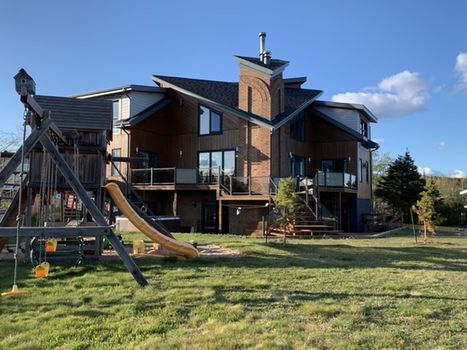
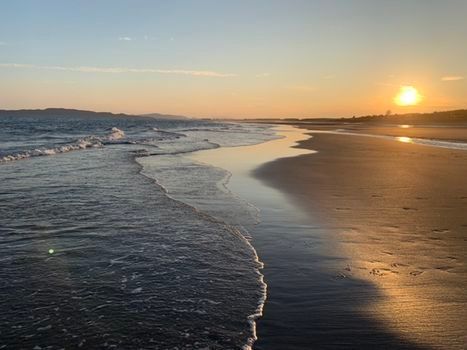
By plane or boat from Sept-Îles or Havre-Saint-Pierre, dive into the nature and the incredible history of Anticosti Island. Privately owned by French chocolate magnate Henri Menier in 1895, the island bars the entrance of the St. Lawrence Estuary into the Gulf of St. Lawrence. A great hunter, Henri Menier had white-tailed deer transported there, which have proliferated ever since. Sold in 1926 to logging companies that still operate its forests, the island became public again in 1974. You can travel there in a rented pick-up truck!
Anticosti National Park covers an area of 570 km2 and is wild and untamed. The Vauréal Falls (76 meters high) is one of the main sites of interest on the north side. Near Pointe-Carleton, where a pretty lighthouse stands, a path leads to the Potato Cave, whose galleries stretch over 625 metres. On the north side, again, the Observation Canyon has walls 30 to 50 metres high and 4 km long!
In the footsteps of the Abenakis at Mount Ham (Eastern Townships region)

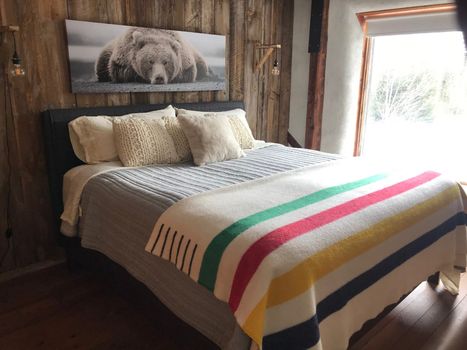
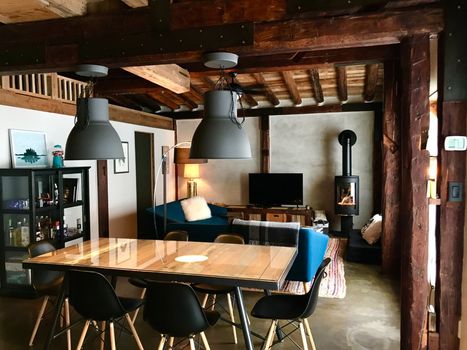
To the north of the region, a small mountain stands out from the surrounding hills. Mount Ham is a regional park that perpetuates the presence of the Abenaki Indians. The park is managed in partnership with the Grand Council of the Waba-Naki Nation, a unique phenomenon in Quebec! At the Welcome Pavilion, visit the new Espace Abénakis before taking to the trails. Climb to the summit to dominate the region from the top of its 713 meters!
The easier option is via the Tour du Button trail (3.8 km one way). It still ends with a steep ascent. The strong method passes by the trail L'Intrépide, with only 2 km to "swallow" 350 meters of difference in level and notably a passage where you have to grab your hands on the rock . The reward is at the top of the beautiful rocky plateau surmounted by a cross.
From the Palisades River to Saint-Siméon (Charlevoix region)



On route 138 overlooking the St. Lawrence River, get off at the pretty hamlet of Port-au-Persil. A waterfall runs down the coast to the port, where the wharf provides an ideal vantage point for observing the water and the shoreline, where a charming Anglican chapel sits.
Take Route 138 to visit the Poterie de Port-au-Persil, a renowned gallery-shop, then head to Saint-Siméon. Then leave the riverside to head inland to the adventure centre Les Palissades de Charlevoix. Bucolic as you wish, with its lake framed by high rock faces, the site is well known to climbing enthusiasts. Its hiking trails leading up into the forest provide access to an exceptional guided via ferrata route, offering superb viewpoints over the meanders of a river.
Témiscamingue, land of escape (Abitibi-Témiscamingue region)


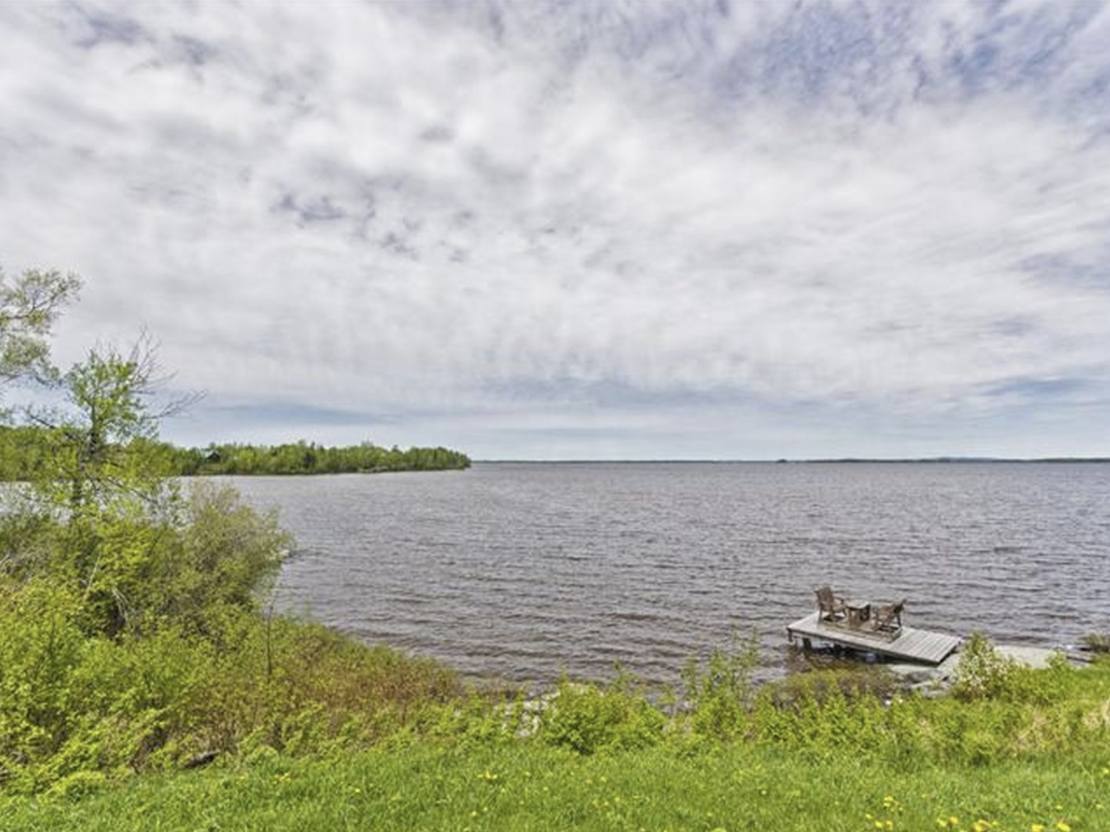
On the western edge of the province, Témiscamingue is relatively seldom frequented by tourists. It is, however, an exceptional region where cultivated fields compete with superb woodlands and endless lakes. Accessible from Laniel, the new Parc national d'Opémican stretches along the Kipawa River and Lake Kipawa, a veritable labyrinth and paradise for fishermen and canoeists.
On land, hiking trails cross the forest, follow the river or climb the heights of Lake Témiscamingue. Further north, in West Duhamel, visit the Fort Témiscamingue/Obadjiwan National Historic Site, which perpetuates the memory of an ancient Aboriginal presence and tells the story of the battle for control of the fur trade.
A stone's throw from the fjord, in L'Anse-Saint-Jean (Saguenay-Lac-Saint-Jean region)



L'Anse-Saint-Jean is one of the most charming villages in Quebec. Leaning against the mountains, it plunges its feet into the deep Saguenay Fjord. It is home to a few ancestral houses, a covered bridge and a small port from which you can go on sea kayaking excursions with Fjord in a kayak or on a sailboat with Voile Mercator.
You could also take the Navettes maritimes du Fjord, which runs daily from June to October between several towns and villages, including by bicycle. By car, go to the Anse-de-Tabatière lookout for a spectacular view of the fjord's capes. And if you like sled dogs, check out the dogs that are treated to onions by Vanessa and Goulwen from Entre chien et loup. You will surely want to see them again in winter! Finish the tour at the friendly Bistro de l'Anse, with its adjoining microbrewery.
To find accommodation for your vacation in Quebec, exchange your apartment or house with one of the many members of HomeExchange for an authentic and unique experience! With the budget saved on housing, you will be able to treat yourself to outings to restaurants, more visits, and unusual activities.
This article was written in partnership with Anne Pélouas, a journalist who specializes in Canadian tourism and member of our beautiful community in Quebec. Follow Anne on Facebook and Twitter.
